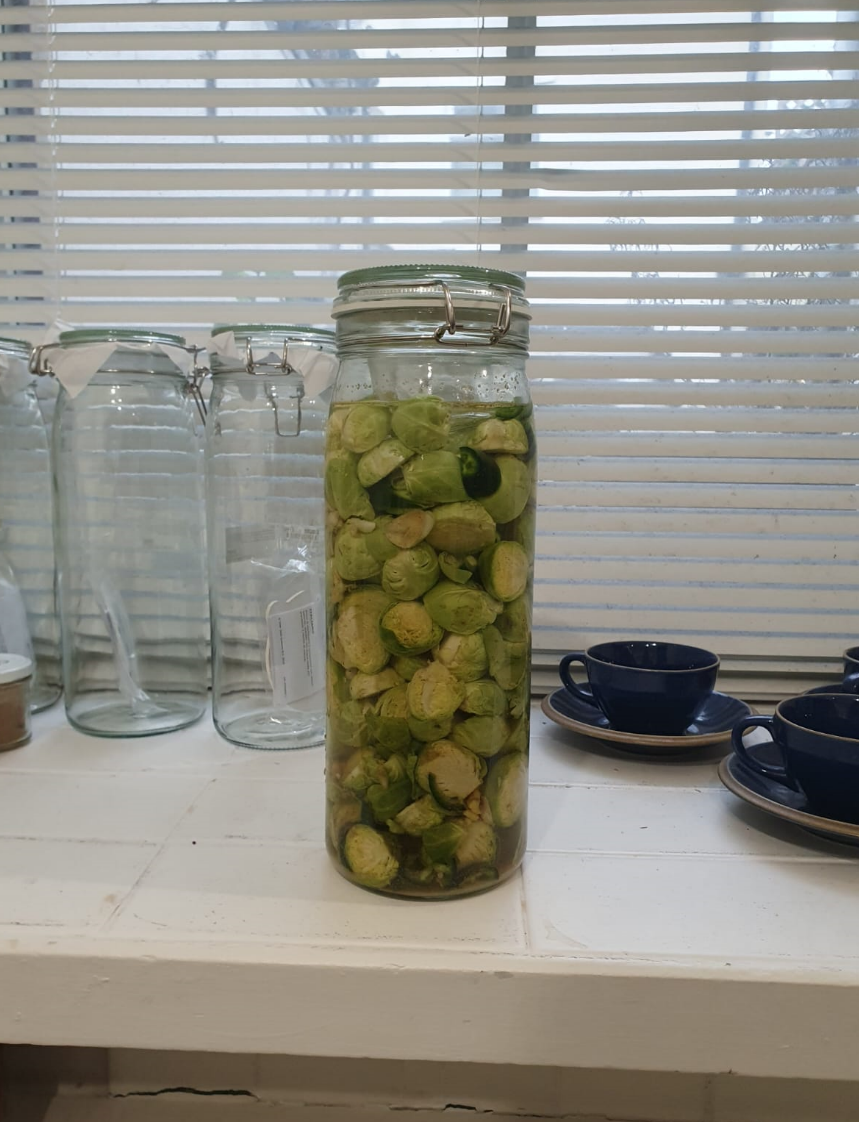We are not far from the winter solstice, which is the shortest day and longest night of the year, marking the start of astronomical winter in the Northern Hemisphere. It typically falls on December 21st. The good news is, from here on the days get longer and we get one step closer to Spring.
The Pagans called this time ‘Yule’, where they celebrated the promise of longer days returning by lighting fires, feasting and decorating with evergreens leaves and foliage.
The darkness at this time of year can be all consuming, though. With Christmas coming very very soon, the energy is intense. For some it can be very tiring and overwhelming, with much to do and expectations running high.
Here are some top tips to help stay balanced while entering winter during the festive season:
· Prioritise sleep and rest – even at a time where it seems impossible with parties and festivities. Sacrifice that extra episode of TV for an hour earlier in bed. Say “no”, if you really don’t want to commit to another invite or party
· Get outside in the mornings – circadian rhythms can go astray at this time as we aren’t exposed to much day light, especially for those who work indoors. A SAD lamp may even be worth considering
· Consider a SAD lamp – especially if you cannot get outside in the mornings. These devices emit 10,000 lux of light, which mimics the daylight (without the damaging UV) and can be helpful for those who struggle to get up when it is dark in the mornings. It can help with sleep at the other end of the day too. It can also ward off low mood, which is linked to these darker winter days
· Adjust your workouts – winter is for wintering - to slow down and nurture yourself. Move away from intensive HIIT workouts, and opt for slower-paced ones like yoga and woodland walking
· Warm foods – consume warm foods like soups and broths. Avoid cold foods, smoothies and salads. Spices like cinnamon, ginger, cumin, cardamon and garlic are perfect to include liberally in your diet
· Vitamin D – this is the perfect time to check your vitamin D levels. If you go into winter with suboptimal vitamin D, it’s a sure sign you need a supplement to ensure adequate levels throughout the winter months, at a time where Vitamin D synthesis from the sun isn’t possible
Winter is a time to slow down. Reconnect with yourself. Some call this “Wintering”.




















